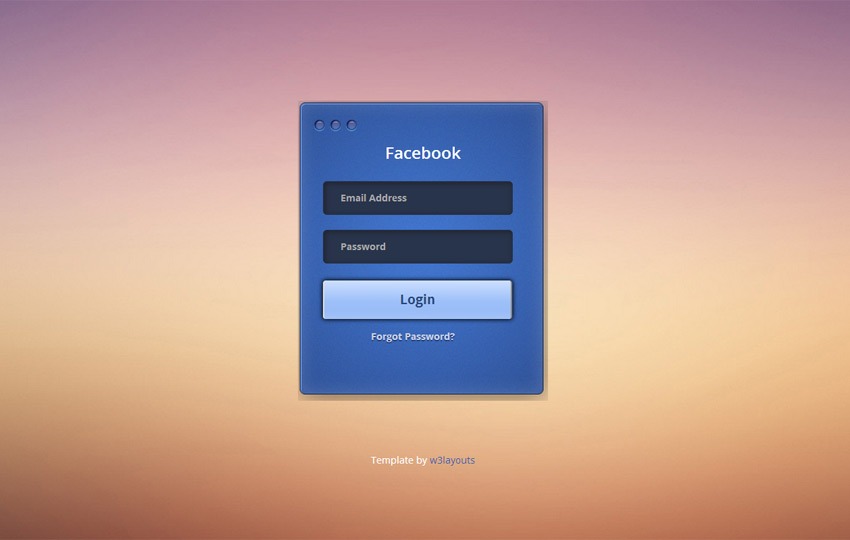

Part of the Group’s activity involved them setting themselves tasks based on the experimental photographing of still life, and this image is representative of the tabletop compositions that Gasparian produced during this period.įurther reading Gaspar Gasparian: Un fotografo Paulista, São Paulo 1988. Gasparian also practiced street photography, making work in both São Paulo and Rio de Janeiro as well as in post-war Europe.Ī member of several experimental photo clubs in Brazil throughout his career, in the 1950s Gasparian formed the so-called ‘Group of Six’, a collective of photographers engaged with furthering discussions around photography and photographic technique, aiming to push the medium further towards abstract and modernist aesthetics. He often used glass and other studio props to produce manipulated effects, or complicated studio setups to suggest illusions of scale and depth of field.

This work is typical of his studio practice, which commonly included still life studies and experiments with light and shadow. Throughout his twenty-year career Gasparian made work both in the studio and on the street, showing his versatility and will to experiment. He completed all of his cropping and editing in the darkroom, beginning by taking a wide angle shot encompassing an entire scene and then arriving at the final cropped image from the contact print, often disregarding the main point of action and instead focusing on an abstract angle or shadow. Gasparian’s approach to shooting and his darkroom technique were also unconventional. The use of physical objects to act as filters anticipates the employment of filters attached to the camera lens and, more recently, to the way contemporary photographers use filters available in digital technology. Alternatively, as here, he used one of the objects in the composition itself as a ‘filter’. Gasparian often used props in the studio to create distorted effects, as can be seen in a slightly earlier work, Mediunic 1952 (Tate L03593). The print was not editioned: Gasparian generally made very few prints, with a maximum of three per image. O Centro de Altos Estudos da Conscienciologia (CEAEC) informa, com pesar, o falecimento do professor Waldo Vieira, aos 83 anos de idade, às 17h50 desta quinta-feira, dia 2, no Hospital Costa Cavalcanti, em Foz do Iguaçu.Vieira sofreu um Acidente Vascular Cerebral (AVC) na madrugada do dia 26 de junho e estava internado em estado de coma. The bold contrasts of light and dark in the background surfaces create a chequerboard effect, which is reversed and distorted within the forms of the two clear bottles by the refraction of the light through the glass. Next to this, a larger opaque black vessel is placed on a black surface against a white background.

They are arranged so that a slim clear glass bottle is placed on a white surface against a black background, with a slightly taller clear bottle immediately behind it. The composition shows three glass bottles of different shapes and sizes in a studio setting. Triple is a black and white silver gelatin photographic print made by Brazilian artist Gaspar Gasparian in 1958.


 0 kommentar(er)
0 kommentar(er)
